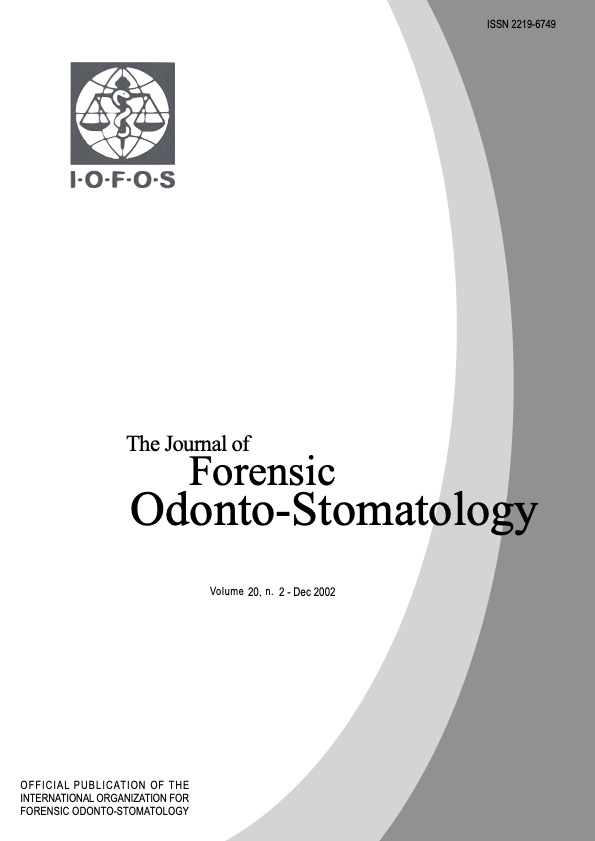Fraudulent use of radiographic images
Abstract
The aim of this study was to evaluate the ability of trained observers to identify altered radiographic images after modifications using an image-editing software. Based on implantology in 10 radiographs, eight panoramic and one linear tomograph were modified while one tomograph was untouched. Implants were placed or removed and bone levels were altered, and seventy dentists were invited to identify these alterations. The results showed that the percentage of the correct answers was 12.5% or 2 identifications per examiner. The rate of false positives in relation to correct answers was at a level of 6: I. We concluded that the professionals have difficulty in identifying altered radiographs after using an image-editing software and that the seriousness of this situation demands that dentists be warned of the dangers of the use and abuse of this technology.

